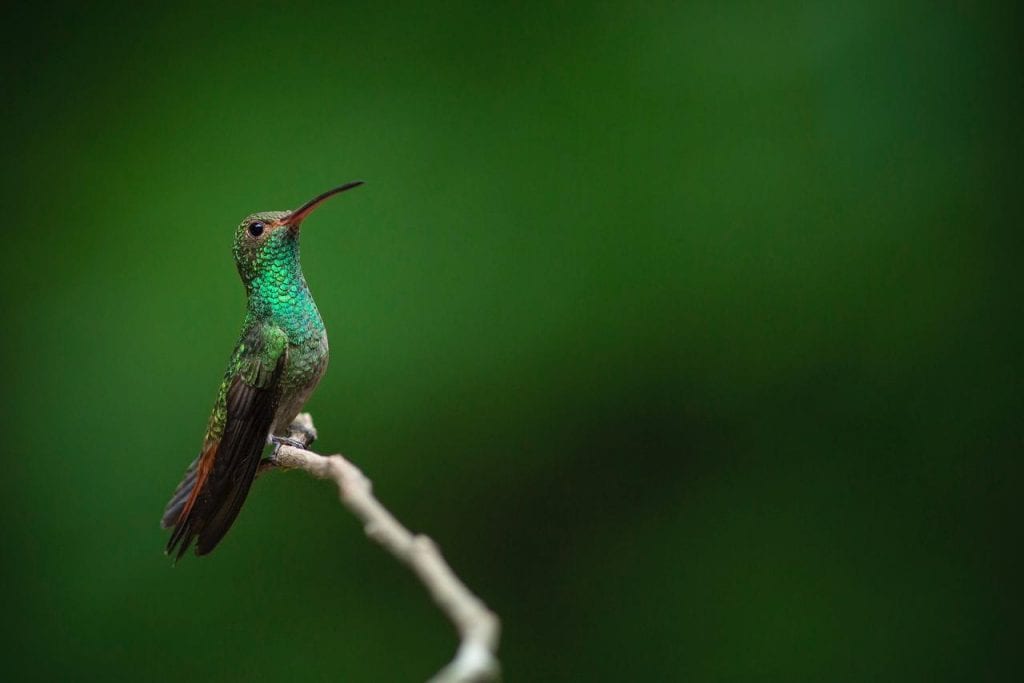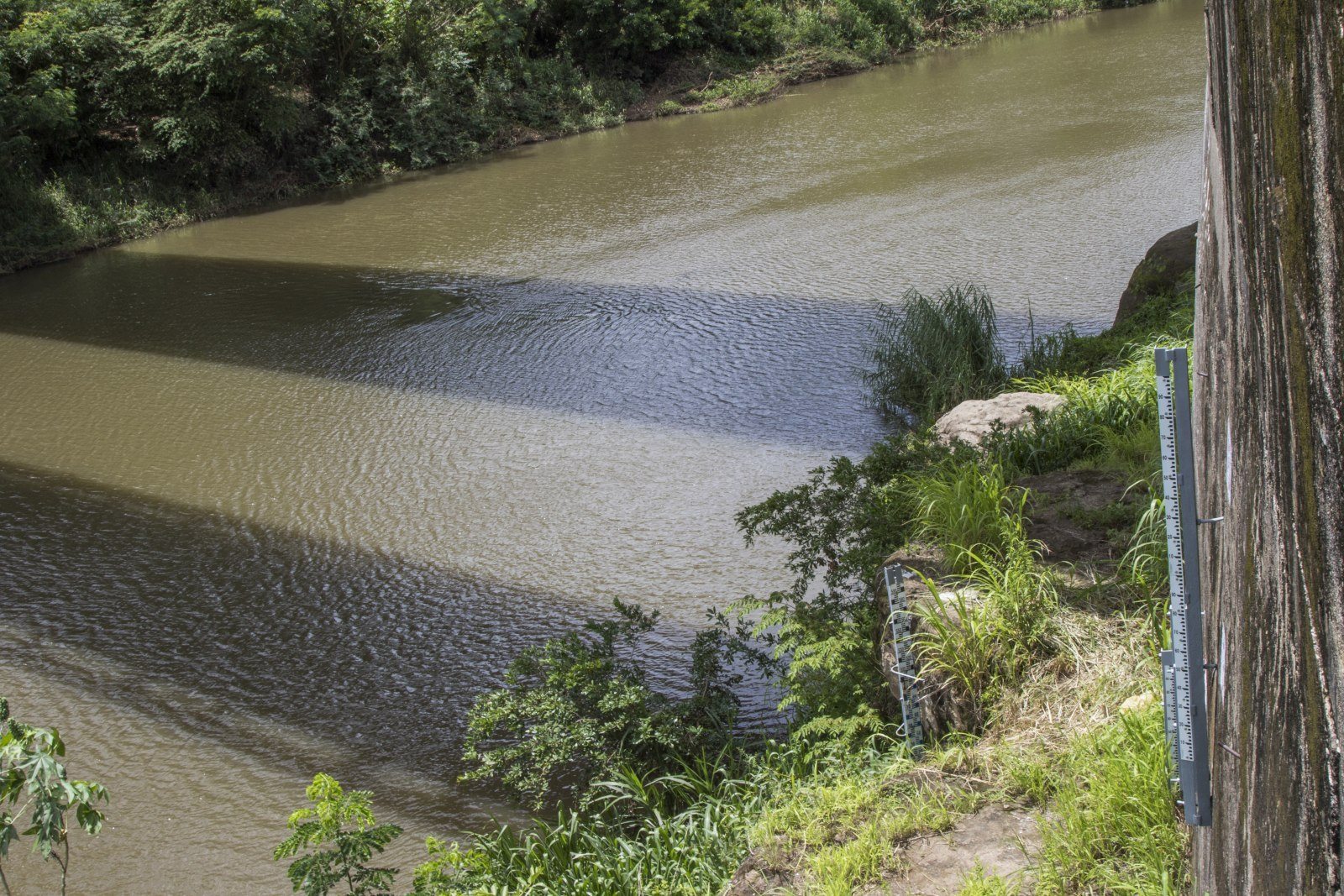
A powerful Caracara windswept, tiny supersonic hummingbirds taking a break, or a Tiger Heron walking cautiously through mudflats. All have been captured by the patient eye of the photographer and naturalist guide Alvaro Cubero.
On the second Saturday of October, World Migratory Bird Day was celebrated, an annual campaign to raise public awareness about the importance of conserving migratory birds and their habitats.
That is why we wanted to bring you a small sample of some of the birds that pause in our province before continuing on their way, and also those that live in Guanacaste and cross our sky all year round.

The “Majafierro” Pygmy owl is a small hunter. This one was spotted in Flamingo beach and is very common in Costa Rica. It is one of the owls that stay active during the day.Photo: Alvaro Cubero

The Tody Motmot is one of the most difficult birds to see in the Costa Rican forest. I searched this bird for a long time and, when I finally found it in Rincon de la Vieja National Park, it was amazing.Photo: Alvaro Cubero

The Northern Currasow (Crax rubra) is one of the most beautiful birds in Costa Rica. The female is especially elegant. This one was photographed in the Rincon de la Vieja National Park.Photo: Alvaro Cubero

The Lesser Ground Cuckoo (Morococcyx erythropygus) is a beautiful bird with a colorful face that lives in the North and Central Pacific of Costa Rica. It belongs to the cuckoo family. I found this one in Bagaces.Photo: Alvaro Cubero

The Northern Potoo (Nyctibius jamaicensis) is a nocturnal bird that uses camouflage as a defense technique, a magnificent adaptation of nature. This one was photographed in Comunidad, Liberia.Photo: Alvaro Cubero

This beautiful Plain Capped Starthroat (Heliomaster constantii) can be seen in the Pacific of Costa Rica to the Central Valley. This one was seen in Abangares.Photo: Alvaro Cubero

The Rufous Tailed hummingbird (Amazilia tzacatl) is the most common hummingbird in Costa Rica.Photo: Alvaro Cubero

A Bare Throated Tiger Heron poses for me in the Abangares River. It is one of the most common herons in Costa Rica.Photo: Alvaro Cubero

The delicate care of sunbittern chicks (Eurypyga helias) is very important for them to have a healthy development. In the time I was near the nest I saw the mother appear with worms, fish and even a crab.Photo: Alvaro Cubero

In Costa Rica we have three Caracara species, but the most common is the North Crested Caracara (Caracara cheriway). In Guanacaste, we call it “Bone-breaker” because generally when they want to take food from the inside of the bones they fly very high and drop them to the ground to break them against the stones. This photo was taken in Palo Verde.Photo: Alvaro Cubero







Comments